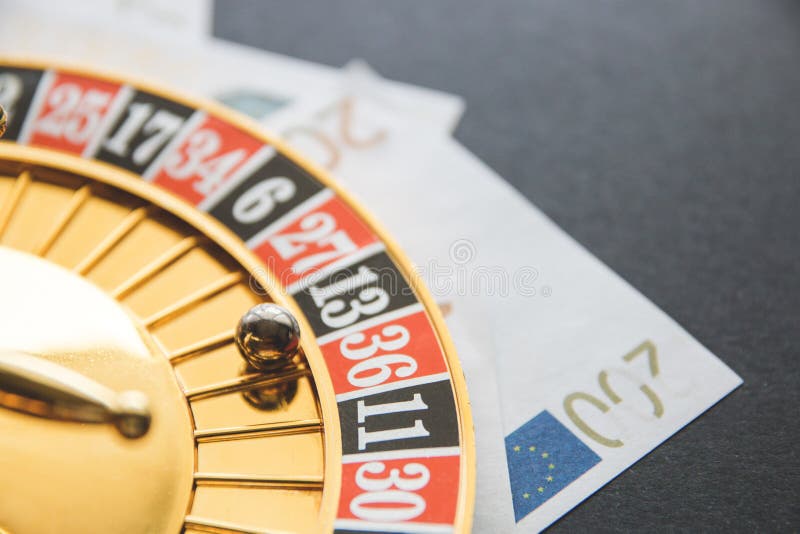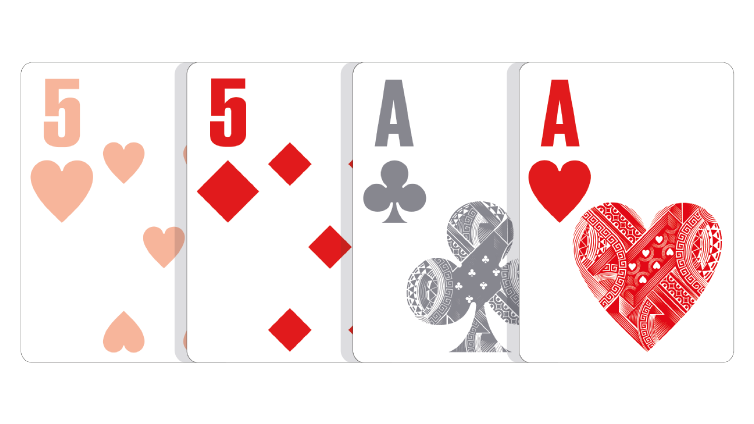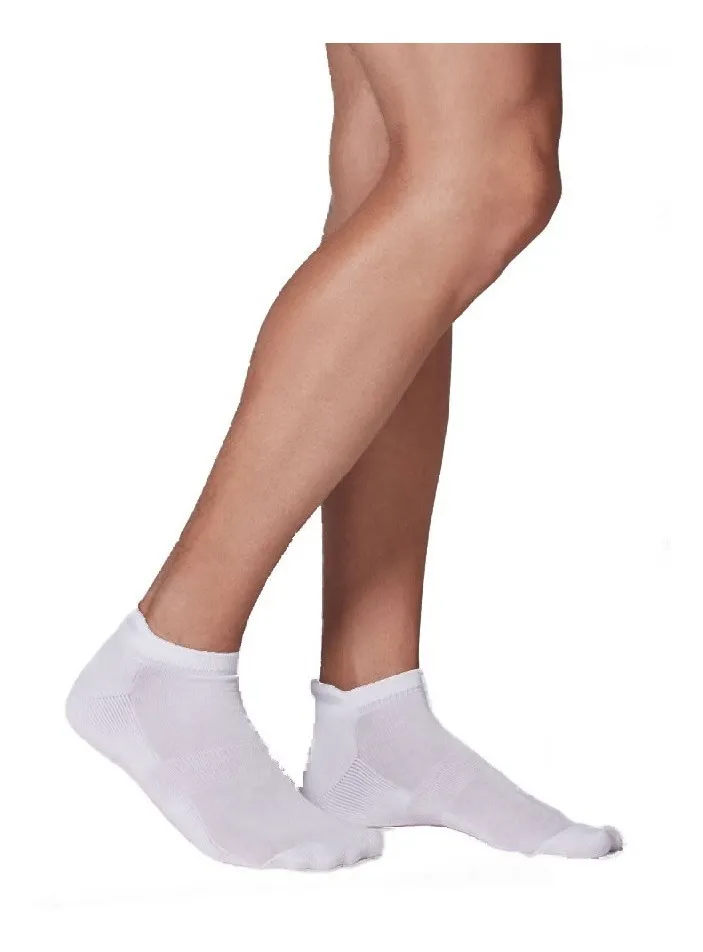Poker 3 Pares
When you make a pair on the flop using one of your two hole cards, and it is not top pair, you have flopped middle or bottom pair. For example, you hold A♠4♠ and the flop is Q♥4♣2♥ or Q♥7♠4♣.
- Poker 3 Pares 4
- Superstar Poker 3
- Poker 3 Pares 3
- Poker 3 Pair
- Poker Hands 3 Pairs
- Poker 3 Pairs
- Poker 3 Pares 1
All About 3 Betting in Poker The Three Bet. One of the common definitions you will hear as you play poker is “3-bet”, or “three-bet”. A 3-bet as most players use the term means the act of putting in the third bet, technically the second “raise”, the “3-bet” during any given round of action. Three of a kind hands that differ by suit alone, such as 9 ♠ 9 ♥ 9 ♦ 10 ♦ 8 ♥ and 9 ♣ 9 ♠ 9 ♥ 10 ♦ 8 ♦, are of equal rank. In community card games, such as Texas hold 'em, three of a kind is called a set only when it comprises a pocket pair and a third card on the board.
You can play these two different pairs in similar ways and, as such, they will be discussed here as though they are one and the same. And, while it is very common for both beginner and intermediate players to misplay middle or bottom pair, it is actually a fairly easy situation to play correctly since decisions are most often based on simple mathematics.
In every scenario discussed below, we will assume that at least one of your opponents holds a bigger or better pair and that the pot is multi-way.
How to Play Middle Pair or Bottom Pair
The first step is to understand that after the flop you have five outs that will improve your hand, at best. This translates into 8-to-1 against improving on the turn, and you are drawing to two-pair or trips.
However, the vast majority of the time you will need better odds than these in order to draw. Compare this draw to a gut-shot straight draw which only has four outs but is a draw to a much stronger hand.
Essentially, you need very good pot-odds to play middle or bottom pair on the flop in multi-way pots. This is a result of the following factors:
- If an opponent holds a set or two-pair you could be drawing dead, or close to it.
- Your opponents can hold hands that counterfeit your cards, such as straight and/or flush cards.
- Even if you make a two-pair or trips on the turn, you can still lose on the river to bigger two-pairs, a three-of-a-kind, straights, or flushes.
When to Consider Drawing/Raising

- If your kicker is higher than the highest card on the flop, the flop looks favorable, and the pot odds justify calling.
- If the pot is very big, this is to say that it is offering you at least 12-to-1 on your call and looks favorable.
- When your call will close the betting, as a raise behind you will change your pot-odds dramatically. This is one reason why late position is advantageous.
- When you think your hand is the best or when you believe that the probability of your opponents folding better hands, combined with the probability of you outdrawing them, justifies a raise.
When Not to Draw/Raise
- If the flop is three-suited. This means that either three clubs, hearts, spades, or diamonds have hit the flop (unless you have an ace or a king-high flush draw to go with your pair). On this type of flop, you are practically drawing dead if someone already has a flush. In addition, the likelihood of you losing the pot even if you hit your draw, is much greater.
- If the flop is three-connected. This means that the flop comes something like J-T-9, 9-8-7, 8-7-6, etc. You should almost always fold for the same reasons as given in the 'three-suited scenario' (see Number One). If the flop is all high-cards and you do not have an open-ended straight-draw. This means that the flop comes something like K-Q-T, A-Q-J, etc. Let us suppose that you are holding AT, and the flop comes Q-J-T in a multi-way pot. What you really have is 4 outs to a likely split if a king hits, and 2 outs to an uncertain win if another ten hits. And, indeed, while that is certainly 6 outs, they are very weak outs.
- If the flop is two-suited, you are facing three or more opponents, and the pot is small.
How You Should Be Thinking
The following examples illustrate the lines along which you should be thinking when determining how many outs your middle or bottom pair really has. In all of the following examples there are three or more opponents in the hand and the flop is Q♥8♣2♥.
- You hold the A♥2♠. At best, you have 5 outs and a back-door nut-flush draw to go with it.
- You hold the A♠2♠. At best, you have 4 outs since the A♥ is counterfeited and you have no chance of making a flush yourself.
- You hold the A♠8♦. At best, you have 3 outs since the A♥ and the 8♥ are counterfeited and you have no chance of making a flush yourself.
- You hold the A♠8♥, one opponent holds A♣Q♠ and another holds a flush draw. At best, you have 2 outs since all aces are counterfeited.
- You hold the A♠8♠, one opponent holds A♣Q♠, and another holds a flush draw. At best, you have 1 out since all aces and the 8♥ is counterfeited.
Poker 3 Pares 4

The Three Bet
One of the common definitions you will hear as you play poker is “3-bet”, or “three-bet”. A 3-bet as most players use the term means the act of putting in the third bet, technically the second “raise”, the “3-bet” during any given round of action. It’s only in recent years that the term has become popular, indicative of its use during online play.
For flop games, such as hold’em and Omaha, the pre-flop 3-bet is technically different than the post-flop 3-bet. In these poker games blinds are used, and the act of posting the small and big blinds is considered the first “bet”. Subsequent players, beginning with the “under the gun” (UTG) player to the big blind’s immediate left, have the option of calling that first bet (the amount of the big blind), or folding or raising. In a typical game, the first pre-flop raise is technically a “two-bet”, but you’ll never hear it called that. Instead, it’s when another play makes a second raise, going over the top of the first raiser, that the “three-bet” term is used. Below is a visual of what a pre-flop 3-bet looks like.

In post-flop play, the 3-bet consists of an initial bet, a raise, and then a re-raise (perhaps by the initial bettor). Since the initial bet itself can be sizable, the post-flop 3-bet is proportionately larger in most instances than its pre-flop counterpart. In cash games and in the late stages of tourneys, 3-bets often involve all-in moves by one or more players, though you’re just as likely to hear the words “pushing” or “jamming” (moving one’s entire stack into the middle) in those instances.
What Does a 3-Bet Mean?
A 3-bet, which is always a form of a re-raise is designed to be an indicator of a true premium hand. The 3-bet is a shot over the bow of the initial raiser, designed to capture that pot right there. The intent of the 3-bet is to say to the initial bettor, “Yeah, you may have a good hand, but I’ve got a better one.” One common variation involves the initial raise coming from a late position, the button player or the cut-off (to the button’s immediate right), and the 3-bet is made by the small or big blind, who may assume the button or cutoff is attempting to steal the blinds. Overall, the 3-bet is traditionally one of the strongest moves a player can make, trailing perhaps only the all-in push and the check-raise in its ability to change a hand. It’s supposed to mean that the player making the move has a very strong hand, though this being poker, that is not always the case.
Superstar Poker 3
Making Your Own 3-Bets
The use of 3-bets is best done selectively, at opportune moments. Many hyper-aggressive players 3-bet with a wide range of hands, including many garbage hands, in the nature of bluffs. Most 3-bets, however, are done with big hands.

Poker 3 Pares 3
When to 3-bet a hand and when to just call (called a “smooth call” or “smoothing”) is one of the trickiest lessons players must learn. Knowing your opponents’ tendencies is vital to success, because the best poker players play their opponents as much as their own hands. A 3-bet works best against fairly loose players, some of whom are described as “calling stations”, who simply cannot fold marginal holdings when prompted. Another successful type of 3-bet can be done against a player who might over-value the long-term prospects of the game or tourney in deference to what might happen in that specific hand. He might be surrendering a bit too much of his chance to win in hopes of getting a better opportunity in a later hand.

Poker 3 Pair
Then there are bluffs. The bluff type of 3-bet is called a “re-steal”, and properly executed, it can be one of the most profitable moves in a player’s arsenal. However, like any good play, using it too much is one of the quickest ways to go broke. Other players will eventually react to a player that is putting in too many 3-bets, and sooner or later, the player putting in those over-the-top bets will be “looked up” (called) by his opponent. However, if you’re a steady, conservative player, 3-betting an aggressive foe will work more often than you might believe. Those players are trying to steadily make small gains against your perceived, relative passivity, and when you fight back they’ll often go try another door.
Poker Hands 3 Pairs
Defending Against the 3-Bet
Poker 3 Pairs
Defending against the 3-bet boils down to understanding both your opponents and the circumstances of the game. Against a tight opponent who plays few hands, a 3-bet invariably means a monster and you can ditch all but the largest hands against this opponent. Even if he’s on a rare bluff, his natural tendencies against bluffing should serve as a warning.
Aggressive, late-position players will often three-bet with holdings such as middle pairs, AK or AQ, and depending on your own hand, it’s often correct to play or even to put the 4-bet in and take your chances. Be aware that with position and with correct “pot odds” – referring to the relationship between the amount of money already in the pot and the total amount a player stands to win – a late-position player may be “priced in” to making his own call with more inferior hands than you might hope.
Poker 3 Pares 1
Author:Joseph Falchetti (twitter)
(C) Copyright PokerWebsites.com, 2018